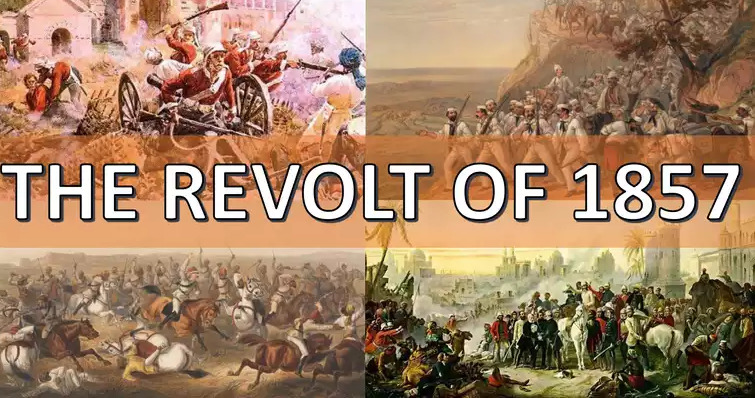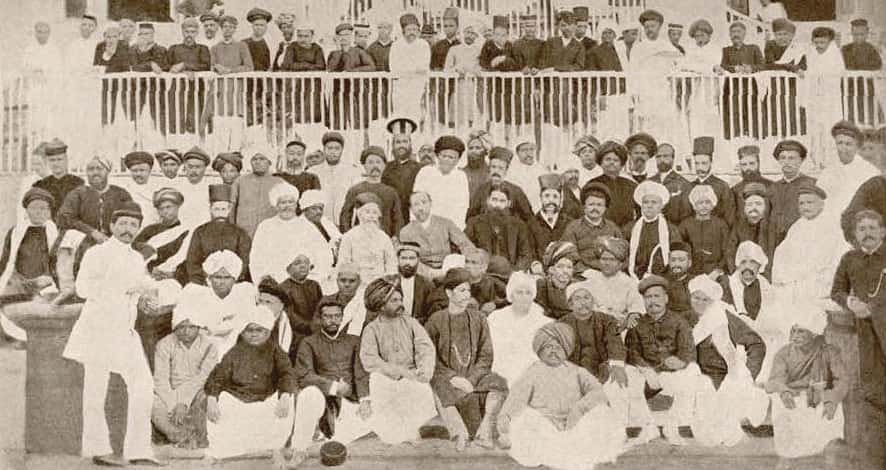India, a country renowned for its deep-rooted civilization and vibrant culture, has a history teeming with tales of determination, sacrifice, and resilience. The struggle for Indian independence was a profound period, spanning over two centuries, a saga defined by the heroic acts of countless freedom fighters. This blog will trace ten pivotal events in India's journey towards achieving sovereignty from British rule, exploring the timeline that eventually led to the birth of the world's largest democracy.
India's Freedom Journey: 10 Historical Events
India • 1 Aug, 2023 • 11,150 Views • ⭐ 5.0
Written by Shivani Chourasia

The Revolt of 1857

Regarded as India's First War of Independence, the Revolt of 1857 signalled the initiation of a unified struggle against the British Raj. Sparked off by sepoys (soldiers) in Meerut over greased cartridges, this revolt marked the first major resistance against the British East India Company's high-handed rule.
Formation of the Indian National Congress (1885)

The establishment of the Indian National Congress (INC) was a significant step towards organized political action in India. Comprising intellectuals and politicians, the INC started as a body seeking administrative reforms but later became the principal leader of the Indian independence movement.
Partition of Bengal (1905)

Lord Curzon's decision to partition Bengal triggered a vehement response from the Indian public, catapulting the freedom struggle into a mass movement. It led to the rise of revolutionary activities and the Swadeshi movement, promoting the use of Indian-made goods to undermine British economic control.
Jallianwala Bagh Massacre (1919)

The ruthless Jallianwala Bagh Massacre, where General Dyer ordered open firing at a peaceful gathering in Amritsar, marked a dark chapter in Indian history. The incident led to a nationwide surge of nationalism and intensified India's determination to gain independence.